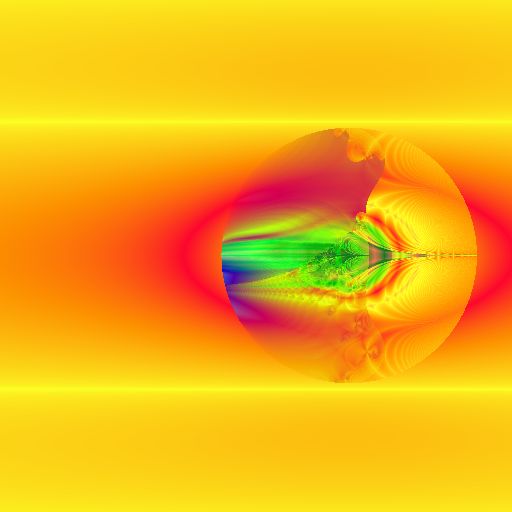
While there are no consensus criteria for the diagnosis, new advances in the understanding of clinical presentations and the neurobiology involved in ocular sensation have led to the classification of NOP as a distinct and important disease entity. NOP is a condition where individuals have ocular surface pain that is generated by nerve dysfunction.

NOP falls under the umbrella terms of “ocular surface pain”, “ocular pain”, “eye pain” and “oculofacial pain”. However, corneal nerves and their central connections may become dysfunctional, leading to ocular surface pain. Nociceptive causes include an unhealthy tear film (e.g., low tear production, rapid tear break up), anatomic abnormalities of the eyelids, conjunctiva and cornea, and environmental insults (e.g., low humidity, air pollution). Causes of ocular surface pain are typically divided into nociceptive and neuropathic. Ocular surface pain can arise from a number of factors including tear film and anatomical abnormalities, environmental exposures and nerve dysfunction of the peripheral and central nerves that connect the cornea and conjunctivae to the brain. Ocular surface pain is a frequent cause of visits to eye care providers and pain clinics, with a substantial negative impact on an individuals’ quality of life and mental health. The cornea has the densest sensory innervation in the body and can be a powerful producer of pain. Thus, there is a need to educate patients, eye care providers and pain specialists on this condition, recognize its effect on patients’ health and functioning and treat patients with empathy and urgency. A challenge is that many patients have few physical signs of ocular damage and the underlying cause of symptoms can be overlooked. The severity of symptoms is often not recognized and patients may be seen as drug-seeking or overly anxious by providers. When untreated, persistent symptoms can lead to extreme distress. NOP can be persistent, agonizing and severely affect quality of life and ability to work. 9 NOP symptoms can be present in one or both eyes and start spontaneously or after trauma or surgery. 8Ī neuropathic origin to ocular pain is suggested in individuals who have a particular set of symptoms (e.g., burning sensation, light or wind sensitivity), risk factors (e.g., pain that started after surgery, migraine, fibromyalgia) and treatment response history (e.g., poor response to therapies aimed at correcting ocular surface abnormalities). In the latter case, ocular pain often persists despite treatment with traditional dry eye treatments. 7 Corneal nerve hyposensitivity often manifests with cornea epithelial cell disruption with minimal ocular symptoms while corneal nerve hypersensitivity often manifests with pain out of proportion to ocular surface findings.

One such factor is corneal nerve dysfunction, which may manifest as hyposensitivity (“neurotrophic phenotype”) or hypersensitivity (“neuropathic phenotype”). However, it is well recognized that ocular symptom severity does not correlate well with ocular surface findings 6, suggesting that symptoms in many individuals are driven by other factors. tear film and anatomy) are one cause of ocular symptoms. 3 These numbers were even higher in Asia, where 34% of participants in a Taiwanese study 4 and 28% of participants in an Indonesian study 5 reported these same symptoms often or all of the time. 2 A similar frequency was found in Salisbury, Maryland with 15% of the population reporting one or more symptoms (dryness, grittiness, burning, redness, crustiness, eyelids stuck shut) often or all the time. In the US, a population-based study out of Beaver Dam, Wisconsin found that 14% of individuals between the ages of 48 and 91 years reported symptoms, which included dryness and foreign body sensation. Overall, DE symptoms are common in the general population. Understanding the epidemiology of NOP is challenging as data regarding symptoms has been buried within the DE literature. In recent years, however, there is an understanding that NOP is better represented as an entity on its own. decreased tear production, rapid tear break up, corneal epithelial disruption, ocular surface inflammation, high or unstable tear composition).
/red-eyes-and-contacts-3421657-5bb7c1864cedfd002614a758.png)
sensations of dryness, pain, poor or fluctuating vision) and/or signs (e.g.

1 In the past, NOP was considered a sub-type dry eye (DE), which is an umbrella term that represents various symptoms (e.g. Neuropathic ocular pain (NOP) refers to a constellation of persistent ocular pain symptoms (i.e., burning, increased sensitivity to light or wind, shooting pains originating in one or both eyes) that may present with or without ocular surface abnormalities. 5 Myths About Orphan Drugs and the Orphan Drug Act.Information on Clinical Trials and Research Studies.


 0 kommentar(er)
0 kommentar(er)
